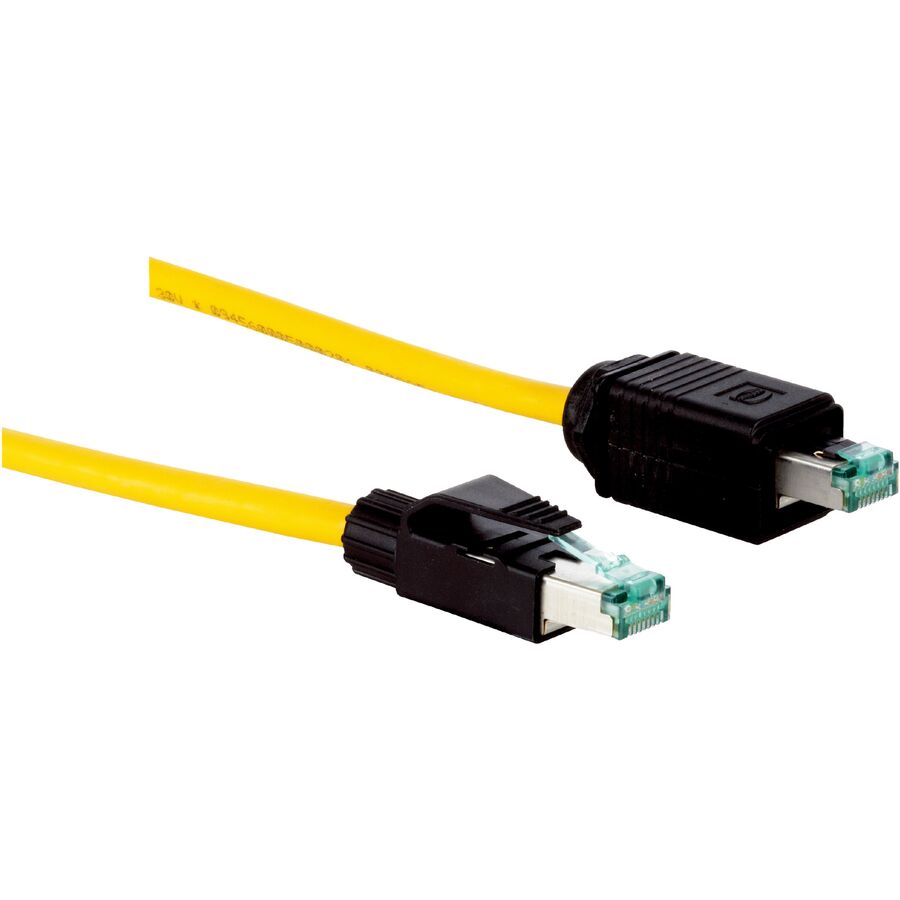Kingsgrove Branch:
Cat6 vs Cat6a

G'day! If you are building a new home, renovating, or just trying to get your home office up to scratch for the NBN, you have probably started looking at data cables. It can be confusing when you are staring at the specs and seeing numbers and letters jumbled together. The big debate these days usually comes down to cat6 vs cat6a.
While they might look similar on the outside, there are significant differences under the hood that can affect your internet speed, gaming latency, and how "future-proof" your home really is. Let's break down the differences so you can make the right call for your place.
The Standard: Category 6 (Cat6)
Cat6 has been the gold standard for residential cabling in Australia for a good few years now. It is a twisted pair cable that offers a significant step up from the old Cat5e.
The Specs: Cat6 is rated for bandwidths up to 250 MHz. It is designed to handle Gigabit Ethernet (1000 Mbps) comfortably up to 100 metres.
The Kicker: Cat6 can actually handle 10 Gigabit speeds (10,000 Mbps), but there is a catch. It can only maintain those speeds over shorter distances, typically between 37 to 55 metres depending on the level of interference (crosstalk). For most standard Aussie homes, this is often enough for a solid connection from the modem to the TV or study.
The Heavy Hitter: Category 6a (Cat6a)
The 'a' stands for 'Augmented'. Cat6a is the beefed-up version of Cat6, designed to handle the massive data requirements of the future.
The Specs: Cat6a doubles the bandwidth capacity to 500 MHz. It is built to handle 10 Gigabit Ethernet over the full 100-metre distance without breaking a sweat.
The Build: To achieve this, Cat6a is physically different. It has thicker copper conductors and much tighter twists in the pairs. Crucially, it usually has significantly better shielding and insulation to prevent 'alien crosstalk' (interference from other cables running next to it). This makes the cable thicker, stiffer, and a bit harder to install, but it creates a bulletproof data highway.
Making the Choice for Your Home
When weighing up cat6 vs cat6a, it really comes down to your budget and how long you plan to stay in the property.
Choose Cat6 if:
- You are on a standard budget.
- You mainly use the internet for streaming Netflix, browsing, and working from home.
- Your cable runs are relatively short (under 50 metres).
Choose Cat6a if:
- You want to future-proof your home for the next 20 years.
- You move massive files around a home server or do high-end video editing.
- You are a serious gamer who demands the absolute lowest latency.
- You are running cables in bundles where interference could be an issue.
While the cable itself costs more, the labour cost for installation is often similar, though the stiffer Cat6a can take a bit longer to terminate. A professional installer will usually pick up their supplies from a trusted electrical wholesaler to guarantee that the cable meets Australian standards for fire ratings and performance, ensuring you get exactly what you pay for.
A Critical Note on Installation
It is important to remember that in Australia, data cabling is regulated work. You cannot legally run your own permanent data cables through walls or ceilings.
This work must be performed by a registered licensed cabler. They understand the separation requirements between power and data cables to prevent interference and safety hazards. A bad install can ruin the performance benefits of even the best cable, so always hire a pro.
Sourcing the Best Data Gear
Whether you decide to stick with the reliable Cat6 or upgrade to the high-performance Cat6a, you need quality components to get the best speed. The cable, the jacks, and the patch panels all need to match the category rating to avoid bottlenecks.
Schnap Electric Products is a premier supplier for the industry, stocking high-performance data solutions that professionals trust. They offer a comprehensive range of both Cat6 and Cat6a cabling, along with the matching wall plates, high-speed data jacks, and patch cords needed to complete the system. By providing trade-quality gear that you would expect from a leading electrical wholesaler, Schnap Electric ensures your home network is fast, reliable, and ready for whatever the future of the internet brings. Use the best gear to get the best connection.
Recent posts

Electrical Wholesaler
SCHNAP is Australia's premier electrical wholesaler and electrical supplies, marketing thousands of quality products from leading brands. Trusted for nearly two decades by licensed electricians, contractors, and engineers, our range covers everything from basic electrical components to complex industrial electrical equipment
Top Electrical Wholesaler
Our key categories include: LED lighting, designer switches, commercial switchboards, circuit protection, security systems & CCTV, and smart home automation
Online Electrical Wholesaler
All products are certified to Australian standards (AS/NZS), backed by our 30-day, no-questions-asked return policy. Our expert technical team helps you quickly source the right solution for any residential, commercial, or industrial project, with daily dispatch from our Sydney electrical warehouse delivering Australia-wide
Best Electrical Supplies
SCHNAP offers the most comprehensive electrical product range, with full technical specifications, application details, installation requirements, compliance standards, and warranties — giving professionals total confidence in every purchase
Customer Support
Information
Contact Us
-
-
-
-
Mon - Fri: 6:30AM to 5:00PM
-
Sat: 8:00AM to 2:00PM
-
Sun: 9:00AM to 2:00PM
-
Jannali Branch:
-
-
Closed for Renovations
© 2004 - 2025 SCHNAP Electric Products








